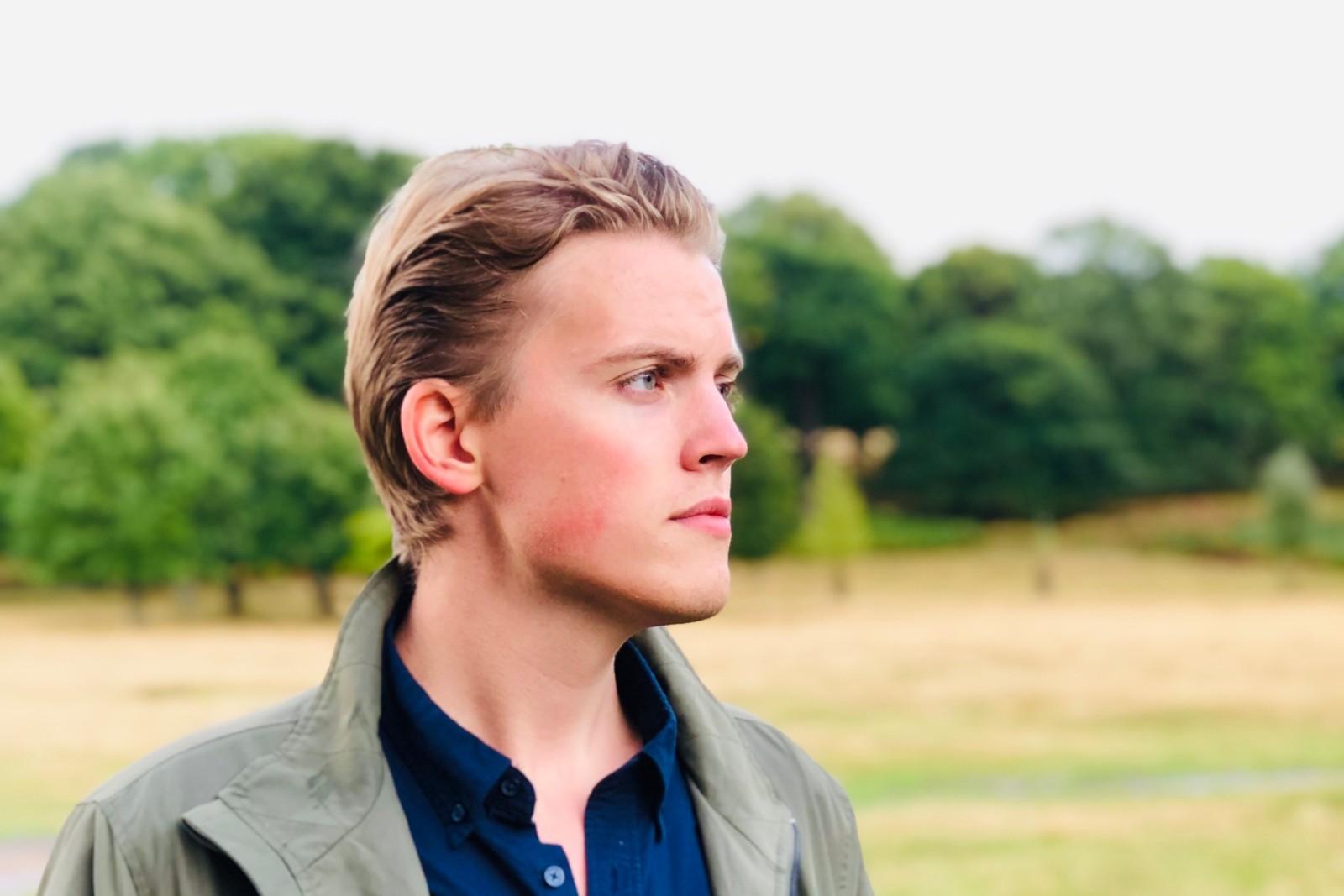When I received the commission from Uusinta Ensemble, I was asked if my piece could relate to nature in some way as this was the theme of this year’s Tampere Biennale festival.
I was pleased to hear this, as I often find inspiration in other arts that deal with the subject matter, but more importantly: nature itself is a major source of inspiration for me. Nature is a place of endless visual stimulation, a place of thousands of colours in dialogue. A place of quietness and contemplation, but also of uncertainty and danger.
Living in London, it can be difficult to get deeper into nature, so I looked for inspiration elsewhere. In searching for something to spark the imagination, I came across the beautiful minimalistic nature photography of British artist Bruce Percy. These photographs depict various ‘empty’ landscapes from snowy plains to vast stretches of sand beach. It was the feeling of vagueness and apparent simplicity that spoke to me and became the starting point for my piece. These images were at the back of my mind throughout the four month-period of composing.
The title – Songs of Empty Landscapes – came to me before the music, rather unusually. The reference to song became a central idea: the piece was to be about melody and lyricism. Something musically concrete within a fairly abstract frame. The piece is written for alto saxophone, violin, viola, cello and piano and it is in seven short movements. Each of the movements provides a window into an imaginary landscape, but musical
material is shared throughout the work.
Prelude opens the piece with the lonesome singing of the violin. Haze is dominated by thick texture punctured by ringing chords, like church bells sounding in the mist. Snowriver is an abstract depiction of a cold running river in deep winter. Lullaby is a slow, wistful piano trio. Earth Red is inspired by barren, scorched desert landscapes. In Grey-Blue the fragile, melancholic sound world, reflects upon undulating hills of snowcovered lands. And finally, Postlude concludes the work, with the low humming of the cello.
Although I am Finnish – which is probably where my love of nature springs from – I have lived elsewhere since the age one. Songs of Empty Landscapes is the first major premiere of a work of mine in Finland. It is only fitting that this important performance is in Tampere, the city I was born in. So a thank you is in order, to Jennah Vainio and the festival, as well as of course to Perttu Haapanen, Uusinta Ensemble and Teosto for the commission.
Writing and hearing music – for me – is often an escape from the information overload of today, hence I avoid taking political or societal stances in my music: I always take the approach of writing music that is about the music and the soundworld itself; music that is more about the imagined than the real, the indescribable rather than the describable. But of course, nature is real and our current relationship to it is very much at the forefront of our collective consciousness. So what is it, to write music about – or inspired by – nature?
Joel Järventausta

